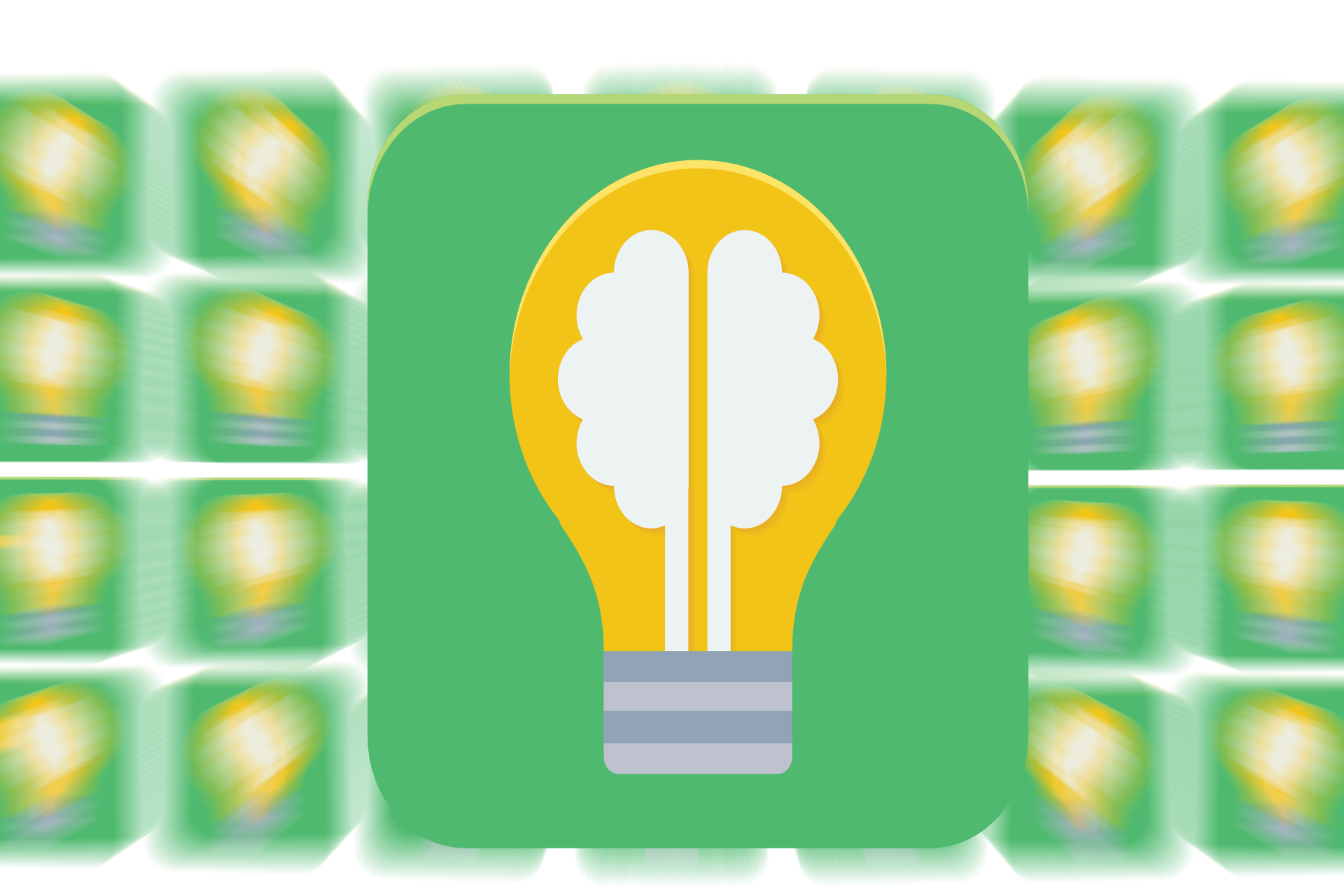
What if you could focus on your work — entering that elusive “flow state” where great work gets done more quickly — whenever you needed to?
That’s the seductive promise made by the folks at Focus@Will, a music service my brother recommended a few weeks back. Focus@Will streams music tracks specifically designed to limit distractions and enhance focus, enabling the user to work faster and get more done. (The marketing hype on the website claims some users will experience productivity boosts of 400%.) Essentially, Focus@Will positions itself as the auditory equivalent of Ritalin, without the side effects of taking a drug.
Why Try Focus@Will?
I spend a lot of time doing the kind of work that requires intensive focus (brainstorming, problem-solving, project-planning, word-smithing, writing), and most of my work is done in noisy, distracting environments (a cube next to that guy who takes conference calls on his desktop speakerphone, a home office with a t.v. going in the room next door). Even in challenging situations, I’m pretty good at focusing my attention, but I tire easily, and, especially later in the day, I find my ability to focus by brute force grows weaker. Since Focus@Will offers a 30-day free trial, I decided to give it a try.
You can access the service through a web browser, but most of the time, I use the app and listen to the streaming music tracks over bluetooth headphones. The interface is simple: you pick a genre (Classical, Focus Spa, UpTempo, Alpha Chill, Acoustical, Cinematic, Ambient, Water, Baroque, or ADHD Type 1) and an intensity (low, medium, or high). As long as you have a reasonably speedy internet connection — via WiFi, or over an LTE or 4G connection — the music stream is smooth and seamless. (On slower connections, the high number of drop-outs become a distraction in themselves.)
Results from Day One
I first tried Focus@Will on one of the busiest days in recent memory. I had not one, not two, but three corporate video scripts to write; a large and detailed project plan to update; and several electronic billboard ads to design. Worse, thanks to jet lag, I had slept only two hours the night before — a situation that normally limits creativity by making me feel glazed and lethargic.
Knowing how distracted I can get, I first tried the ADHD Type 1 genre … and was assaulted with a gritty, thrashing cacaphony that sounded a bit like sheets of glass and pipe wrenches being tumbled in a high-capacity laundromat dryer. After shopping around, though, I eventually landed on the UpTempo stream at low intensity.
The next thing I knew, all my work was done.
Focus on Demand. Really.
Well, maybe it wasn’t that dramatic … but the results impressed me. I finished the scripts in record time — really — and completed all the other work easily by end of day. Even at 5:00 p.m., I felt energized and, frankly, ready to keep working.
I know what you’re thinking: “Placebo effect! Having been told you’d be more productive, you were!” There may be some truth in that — but the fact is, after more than a month of steady use, I’m more convinced than ever that this service has an uncanny ability to boost attention, remove distractions, and empower me to get more done. When I’m listening to tracks on the UpTempo stream, I’m not constantly nagged by urges to check email, look something up on Google, or eavesdrop on conversations. Instead, I’m relaxed, alert, and quickly able to get into that elusive flow state that artists and creative professionals crave.
Cheating the System
Near the end of my thirty-day free trial, I came up with a sneaky plan. I’m already a Spotify subscriber, paying $9.99 a month for access to pretty much any music track on earth. Focus@Will displays artist and album information for every track it streams. Why couldn’t I reverse-engineer the service, taking note of tracks I liked and building Spotify playlists around them — essentially creating a Focus@Will service of my own, for free?
So I started paying attention to the tracks, noting artist names, and using Spotify’s search feature to add these tracks (and entire albums, actually) to an “UpTempo Low Intensity” playlist.
My evil plan didn’t work out, though, and here’s why: when Focus@Will serves up a track by an artist, it’s been selected for very specific qualities (speed, intensity, beat patterns, etc.). But not every track on every album by that artist will meet the same criteria. Some tracks will include distracting vocals. Other tracks will vary in speed and intensity. As a result, I found myself having to break flow and skip tracks far too often — something I rarely, if ever, do when listening to Focus@Will. For that reason alone, despite my Spotify subscription, Focus@Will is well worth the $44.99 per year asking price.
Applications that Work for Me
After using the service more than a month, two very specific use cases have evolved:
1) In a noisy office environment, listening to UpTempo low-intensity tracks over bluetooth headphones shifts me almost immediately into flow state. For whatever reasons, impulses to get a snack, check email, or daydream drop away. At home, listening to the same channel at the same intensity over my MacBook Air speakers does the trick — even with a t.v. blaring in the adjacent room. (For some reason, with fiction writing, headphones are definitely required.)
2) On the walk to work, I use UpTempo medium-intensity tracks as a kind of auditory caffeine, getting me amped up for the day. Even on mornings when I feel sluggish or low, taking a seven-minute walk through Midtown with a Focus@Will soundtrack purring in my headphones helps me feel more like myself. And in the evenings, I’m finding that the same walk, taken to Alpha Chill low-intensity tracks, calms me down. Instead of obsessing on the challenges of the day, I ramp down. My mind clears. By the time I get home, I’m more relaxed and less wound up. It’s a good thing.
Your results may vary — but with a free 30-day trial, you’ve got plenty of time to experiment. Me? I’m sold. I’ve tried a lot of similar technology — including everything from white noise generators to binaural beats apps — but nothing has worked as well or as consistently for me as Focus@Will. Give it a try.





Hi Casey, I mean Mark,
Long time listener, first time caller.
I’m hopelessly skeptical of things like this having searched for years for aids with obtaining and maintaining focus in the flow state. But your review has me yearning to give this service a try. I’ll report back with my results in a couple weeks.
Thanks, Dave! I share your skepticism! Monitoring my results over the past month and a half, though, has really surprised me. Long story short: with the right blend of music on (in my case, Up Tempo at Low Intensity), it’s almost scary how much work I can tear through in an hour. I’m eager to hear about your own results! (Thanks, too, for taking the time to send a comment my way.)